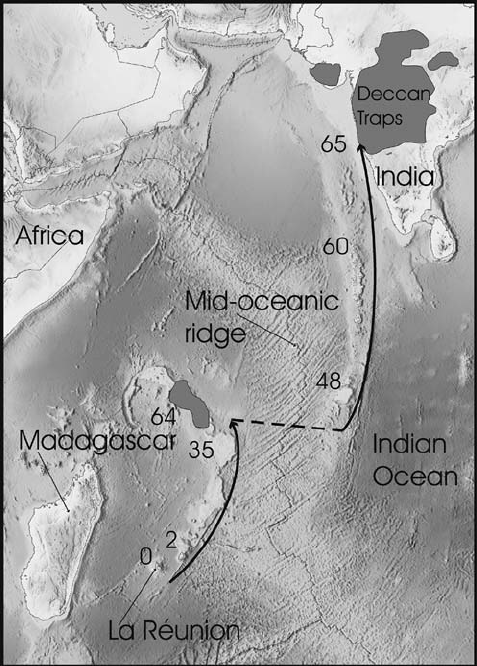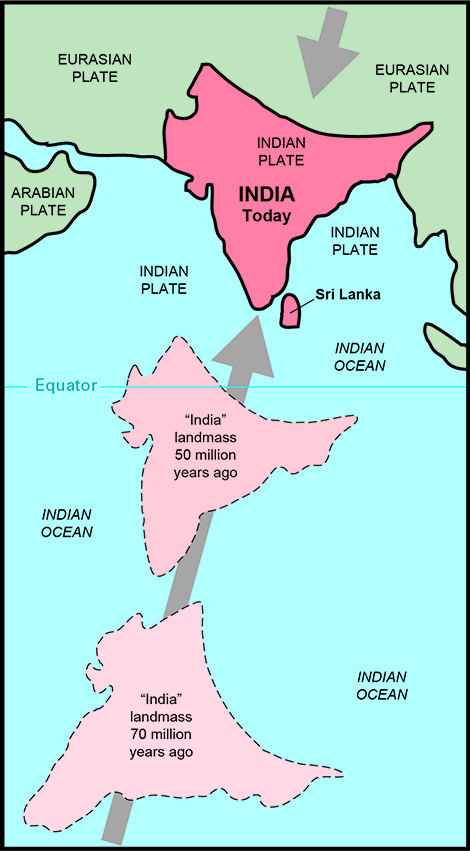The Deccan Plateau is an area located within the geographical region defined by Narmada River in the North, Eastern Ghats in the East, and Western Ghat in the West. It covers an area of 1.8 million square kilometers. The plateau is one of the oldest and most extensive landforms on the planet, and it has played a significant role in the geology, ecology, and history of the Indian subcontinent. It is a relatively flat region that rises to an elevation of about 1,000 meters above sea level.

Table of Contents
What is Deccan Plateau?
The Deccan Plateau is an expansive elevated region situated in Maharashtra, Karnataka, Telangana, Andhra Pradesh, and Tamil Nadu. Bordered by the Western Ghats to the west and the Eastern Ghats to the east, this plateau experiences a semi-arid to tropical climate, supporting agriculture through rain-fed and irrigated farming.
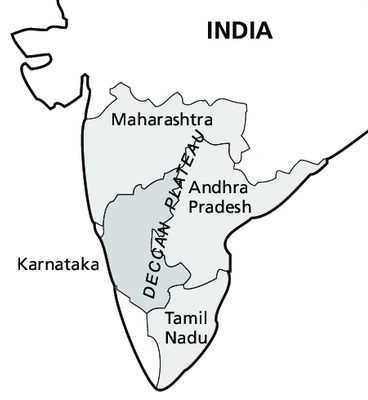
Origin of Deccan Plateau
The formation of the Deccan Plateau is a complex geological process that occurred over millions of years.
- Crystalline rocks: The Deccan Plateau was formed over 60 million years ago during the late Cretaceous period. At that time, the region was covered by the sea. The seabed was composed of crystalline rocks such as granite and gneiss.
- Volcanic activity: About 65 million years ago, a massive volcanic eruption occurred in the region. This eruption is believed to have been one of the largest in the history of the Earth. It led to the formation of a layer of lava that covered an area of about 500,000 square kilometers. This layer of lava is now known as the Deccan Traps.

Deccan Traps and Reunion Island - Plate movement: The Deccan Plateau is located on the Indian Plate, which is moving northward at a rate of about 5 centimeters per year. As the Indian Plate moved northward, it collided with the Eurasian Plate. This collision led to the formation of the Himalayan Mountains. The movement of the Indian Plate also caused the Deccan Plateau to rise and tilt towards the east.

Indian Plate - Erosion: Over millions of years, erosion by wind and water has shaped the landscape of the Deccan Plateau. The rivers that flow through the region have cut deep valleys and gorges into the plateau. The wind has also shaped the plateau, creating sand dunes and rock formations.
Geology of Deccan Plateau
The plateau is drained by several major river systems, including the Godavari, Krishna, and Cauvery rivers. The Deccan Plateau is primarily composed of volcanic rocks, which were formed between 65 and 60 million years ago during the Cretaceous period. The volcanic activity that created the plateau was caused by the Indian subcontinent’s movement towards the Asian landmass, resulting in the Indian plate colliding with the Eurasian plate.
The Deccan Plateau is famous for its volcanic features, including basaltic lava flows, volcanic cones, and deep gorges. The plateau’s most prominent volcanic feature is the Deccan Traps, a massive volcanic province that covers an area of 500,000 square kilometers. The Deccan Traps are composed of layered basaltic lava flows that are up to 2,000 meters thick, and they are thought to have been formed by massive volcanic eruptions that lasted for millions of years.
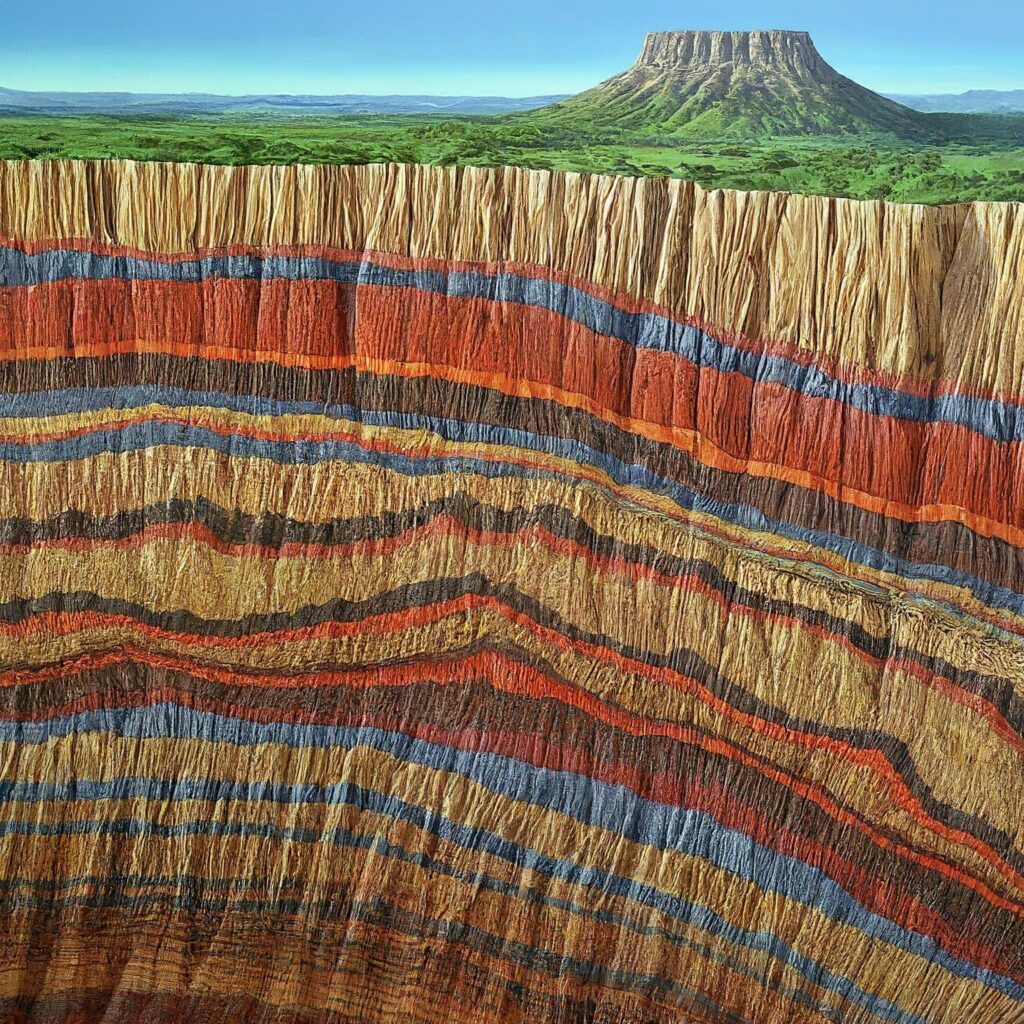
Flora and Fauna
The Deccan Plateau is home to a rich diversity of flora and fauna, with several endemic species found only in this region. The plateau’s vegetation varies from dry deciduous forests in the north to evergreen forests in the south, with scrublands, grasslands, and thorn forests also present.
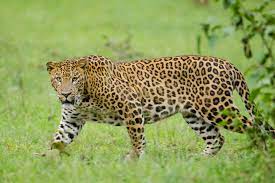
It is home to several iconic wildlife species, including the Indian leopard, Bengal tiger, Indian elephant, and sloth bear. The plateau is also home to several bird species, including the Indian peafowl, Indian vulture, and Indian roller. The plateau’s rivers and lakes support a diverse aquatic ecosystem, including several species of fish and turtles.
Mineral Resources in the Deccan Plateau
The Deccan Plateau is known for its significant mineral resources, which have played a crucial role in regional and national economies. Some of the notable mineral resources found in the Deccan Plateau include:
- Limestone: The plateau is rich in limestone deposits, which are widely used in construction, cement manufacturing, and various industrial processes.
- Coal: Coal reserves are present in parts of the Deccan Plateau, contributing to energy production and industries such as power generation and steel manufacturing.
- Iron Ore: Iron ore deposits are found in various areas of the plateau and have been a valuable resource for the iron and steel industry.
- Bauxite: Bauxite, an important ore for aluminum production, is also present in certain regions of the Deccan Plateau.
- Manganese: Manganese deposits are found in some areas, and manganese ore is used in the production of steel, alloys, and batteries.
- Copper: Copper deposits have been discovered in parts of the Deccan Plateau, although their exploitation has been relatively limited compared to other minerals.
- Fluorite: Fluorite, a mineral used in various industrial applications, is found in certain areas of the plateau.
- Gemstones: Some parts of the Deccan Plateau are known for the presence of gemstones like garnet, quartz, and agate.
The presence of these mineral resources has contributed to industrial development, economic growth, and infrastructure projects in the region. However, the extraction and utilization of these resources also raise environmental and sustainability concerns that need to be carefully managed to ensure responsible and balanced development.
Cultural Significance
It has played a significant role in the cultural and historical development of the Indian subcontinent. The plateau has been inhabited by various indigenous communities for thousands of years, and it has been a hub of trade, commerce, and cultural exchange.

It is home to several UNESCO World Heritage Sites, including the Ajanta and Ellora Caves, which are famous for their Buddhist rock-cut temples and monasteries. The plateau is also home to several ancient forts, palaces, and temples that showcase the region’s rich cultural heritage.
